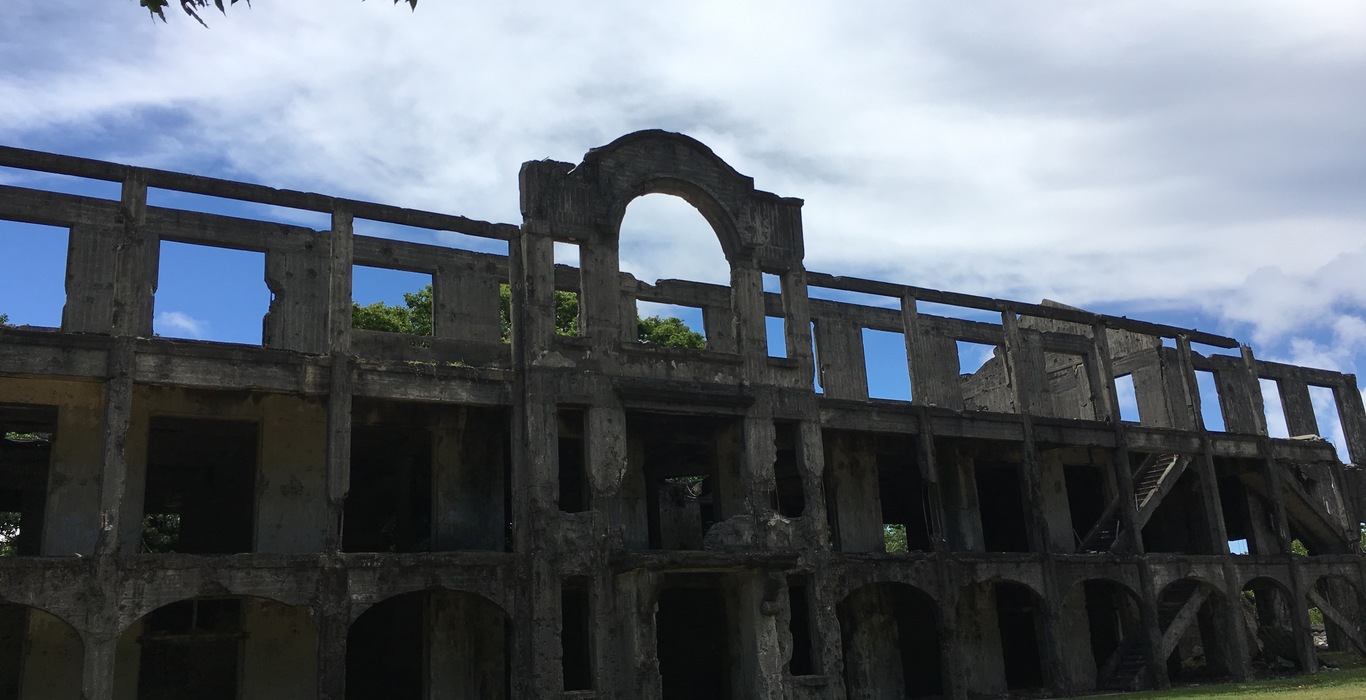
Let My Localite be your personalised tour guide and travel host when seeing the Philippines. We offer customized and bespoke travel itineraries in Corregidor.
Corregidor is an island that is strategically located at the entrance of MANILA BAY and was fortified with coastal artillery & ammunition to protect and defend Manila in the event of war. During the Spanish Colonial Era, it served as a fortress of defense, a penal institution, a station for Customs inspection, and a signal outpost to warn Manila of the approach of hostile ships. While Corregidor comes from the Spanish word corregir, meaning "to correct", it was a term used for a local, administrative & judicial official under the Spanish Empire (like the chief magistrate of a town).
The place is now a popular tourist destination, which INDRA’s Executives from Spain wanted to see to learn more about our Philippine History. During the 1.5 hour Ferry Ride from Manila, we watched an informative video that showed the significance of Corregidor during WORLD WAR II (since the island became an American Military Base by the turn of the 19th century, when the Philippines became an American Colony after the Spanish-American War). Corregidor played an important role during the liberation of the Philippines from Japanese forces during their 3-year occupation, as thousands of soldiers were killed fighting here. When Gen. McArthur fulfilled his promise to return to the Philippines in 1945, they re-took Corregidor as WWII ended shortly thereafter. Then, the country finally gained its freedom after centuries of oppression, when the Treaty of Manila established a truly independent Philippine Republic.

A Tranvia was our mode of transportation while touring the beautiful island. This open-air bus made it easy for us to embark & disembark at every stop. A local guide took us through the interesting sights while explaining the relevance of each one. We braved the heat all day & got to explore numerous monuments, memorials & museums amidst scenic views & lush forests.

It was also the perfect place to have photo ops by war-torn ruins & mortars. In just a few hours, a lot can be learned by foreign & Filipino visitors alike, since Corregidor serves as a constant reminder of what the Philippines went through under the hands of the Spanish, American & Japanese regimes.

While these structures give us a glimpse of what life may have been like back then, I can’t even begin to imagine the horrors that were experienced during the endless battles that took place here. For now, we are left with landmarks that reflect the painful price that was paid to attain the independence that we still enjoy today. While it was a long & hard road to get to this point, may we freedom-loving Filipinos continue to value our peace & democracy, carefully preserving it for the generations to come.


Note: Your comment will be visible after admin approval